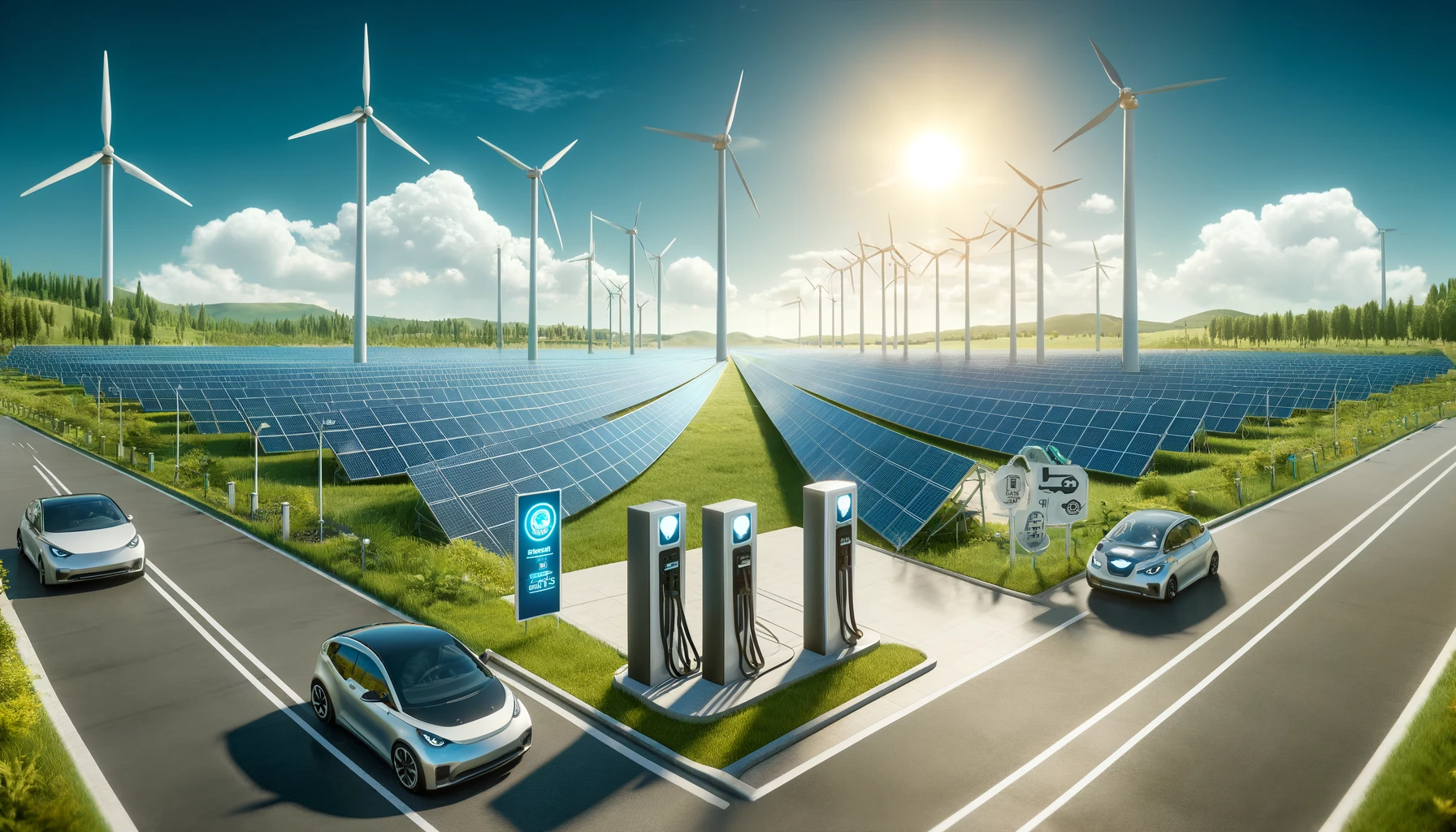The announcement by Indian Oil Corp (IOC) to invest Rs 5,215 crore in developing 1 gigawatt (GW) of renewable energy capacity represents a significant strategic pivot for India’s major refiner and fossil fuel retailer. This renewable energy investment, as detailed in a stock exchange filing, highlights several critical aspects of the company’s direction and the broader energy landscape:
- Diversification into Renewable Energy
IOC’s renewable energy investment to diversify through standalone solar and wind projects is a proactive adaptation to the global shift towards sustainable energy sources. This diversification is not only environmentally prudent but also positions IOC as a forward-thinking player in an industry undergoing rapid transformation due to climate change concerns and technological advancements.
- Financial Investment and Structural Changes
The financial commitment includes Rs 1,304 crore in equity investment, with the remainder likely sourced from debt or other financing mechanisms. By operating this initiative under a wholly-owned subsidiary, IOC ensures dedicated focus and potentially better management of its renewable ventures, distinguishing its traditional oil and gas operations from its newer, green ventures.
- Expansion into Related Technologies
IOC’s strategic foray into technologies such as hydrogen production, electric vehicle (EV) charging infrastructure, and advanced battery technology illustrates a comprehensive approach to its renewable energy investment role in the energy transition. The establishment of EV charging points at 10,000 fuel stations and the introduction of battery-swapping facilities indicate an integration of renewable energy solutions with its existing retail network, enhancing consumer adoption of EVs.
- Collaboration and Technological Innovation
The collaborations with Panasonic and Israel’s Phinergy for battery technologies signify IOC’s commitment to not just participating in the renewable energy sector but also leading innovation within it. These partnerships could help IOC stay at the forefront of the battery technology curve, crucial for the broader adoption of electric mobility.
- Strategic Positioning and Market Response
This initiative marks IOC’s strategic positioning within the evolving energy market, responding to both market demand and regulatory pressures for cleaner energy. It reflects a broader trend where traditional energy companies are increasingly investing in renewable and alternative energy technologies to stay relevant and competitive.
Concluding Remarks
While the overall direction and strategy appear robust and forward-thinking, the actual execution of these renewable energy investment plans will be crucial. The transition from a fossil fuel-centric business model to a more diversified energy portfolio involves significant challenges. These include technological integration, scaling up renewable operations, regulatory compliance, and potential pushback from conventional business sectors within the company. Moreover, the success of these initiatives heavily depends on external factors such as government policies, market conditions, and consumer acceptance of new technologies.
Overall, IOC’s plan is an ambitious step towards transforming into a more sustainable energy company. However, the effectiveness of these strategies in achieving long-term environmental and economic sustainability will require careful implementation, continuous innovation, and adaptive management strategies.







